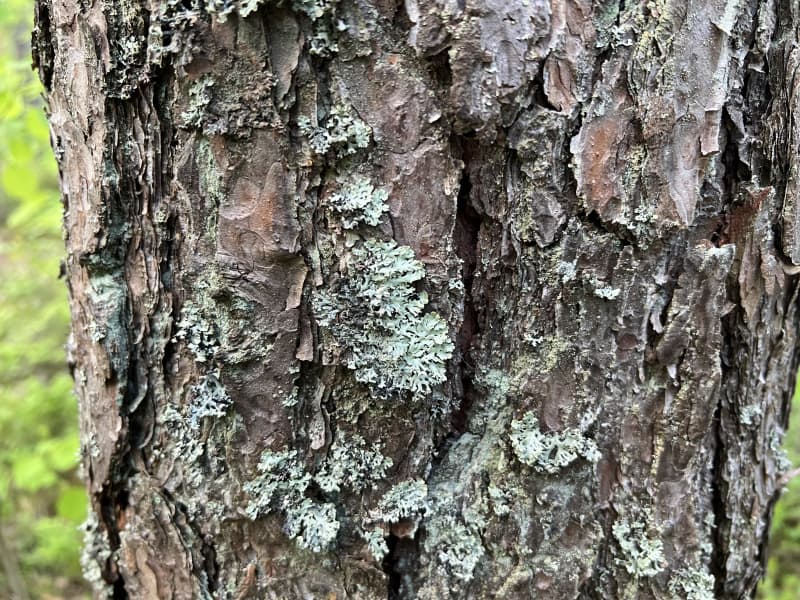
In South Karelia, air quality has been monitored for 40 years by studying lichens.
Air quality has deteriorated in South Karelia.
This can be seen in lichens, where damage and depletion have been observed.
Air quality has been monitored by bioindicator studies in South Karelia municipalities since the 1980s, at approximately 10-year intervals. In practice, lichens are monitored, as lichens are sensitive to air pollutants and are therefore suitable indicators of air quality.
Last year’s follow-up showed that the values \u200b\u200bof trunk lichens had weakened to some extent compared to the previous survey time. The most impoverished and damaged lichen species were in the surroundings of industrial concentrations and urban areas located in Lappeenranta and Imatra.
The research result is interesting because emissions of air pollutants are otherwise in a downward direction in the longer term.
